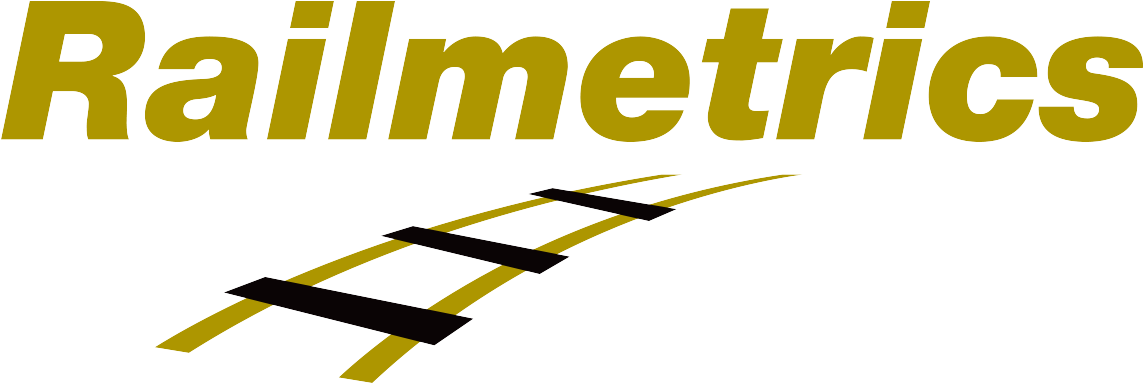Topics: Corrosion, Cracks, Energy, Power Generation, Phased Array & Conventional Ultrasonics, Pipelines, Welding Defects
Topics: Phased Array & Conventional Ultrasonics, Pipelines, Welding Defects
Topics: Corrosion, Phased Array & Conventional Ultrasonics, Welding Defects
Next-Level Austenitic Weld Inspection: How Cypher 1.1 and DMA Technology Deliver Precision
Topics: Phased Array & Conventional Ultrasonics, Welding Defects, Probes
Path to Open, Accessible, and Interoperable NDT Data
Topics: Aerospace, Eddyfi, Energy, Eddy Current Array, Turbines, Rail & Automotive, Power Generation, Phased Array & Conventional Ultrasonics, Heat Exchangers, Security & Defense, Maritime & Shipping, Pipelines, Heavy Industry & Mining, Feature, Heat Exchanger Tubing Defects, Manufacturing
Topics: Corrosion Under Insulation (CUI) and Fireproofing, Eddyfi, Energy, Power Generation, Pulsed Eddy Current, Vessels, Maritime & Shipping, Pipelines
Topics: Corrosion, Remote Visual Inspection, Pulsed Eddy Current, Security & Defense, Maritime & Shipping, Robotics
Topics: Aerospace, Energy, Power Generation, Vessels, Phased Array & Conventional Ultrasonics, Tanks, Stress Corrosion Cracking
Topics: Energy, Power Generation, Phased Array & Conventional Ultrasonics, Pipelines, Welding Defects
Topics: Cracks, Alternating Current Field Measurement, Energy, Power Generation, Vessels, TSC, Pipelines
Filters1
Blogs by topics
- Energy (144)
- Phased Array & Conventional Ultrasonics (138)
- Power Generation (119)
- Pipelines (112)
- Corrosion (92)
- Eddyfi (78)
- Welding Defects (78)
- Vessels (68)
- Remote Visual Inspection (67)
- Tanks (65)
- Cracks (63)
- Eddy Current Array (54)
- Offshore & Subsea (50)
- Aerospace (48)
- Maritime & Shipping (44)
- Heavy Industry & Mining (41)
- Guided Wave Ultrasonics (38)
- Turbines (34)
- Heat Exchangers (32)
- Tube Testing Technologies (30)
- Teletest (29)
- Tubes (29)
- Alternating Current Field Measurement (28)
- Municipal Water & Sewer (25)
- Rail & Automotive (25)
- Food & Beverage (24)
- Pulsed Eddy Current (24)
- TSC (22)
- Security & Defense (21)
- Stress Corrosion Cracking (20)
- Magnetic Flux Leakage (19)
- Wheels & Axles (12)
- Composite defects (11)
- Bolts & Threads (8)
- Expert Interview (8)
- Pipeline Integrity Threats (8)
- Corrosion Under Insulation (CUI) and Fireproofing (7)
- Guest Blog (5)
- Offshore (5)
- Remote Tooling (5)
- Robotics (5)
- Casting defects (4)
- Heat Exchanger Tubing Defects (4)
- Manufacturing (4)
- Remote Cleaning (4)
- Ships (4)
- Academic Research & Training (3)
- FOSAR (3)
- Probes (3)
- Aircraft & Spacecraft (2)
- Custom Robotics (2)
- Railroad (2)
- Fabric Maintenance (1)
- Feature (1)
- Inspection Crawler (1)
- Magnifi® (1)




